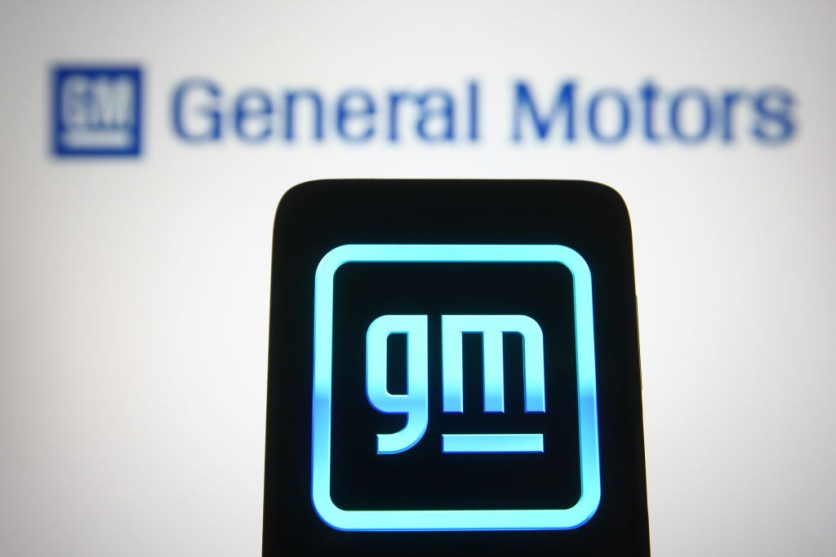
General Motors has finalized a deal with a mining company in California to source lithium, a material needed to build electric-car batteries.
The automaker decided to extract lithium domestically after making a multi-million dollar investment in Australia's Controlled Thermal Resources or CTR. CTR will work with California's Salton Sea Geothermal Field for the lithium extraction project.
General Motors to Extract Lithium in California
General Motors is taking a huge risk with this deal because there is no known full-scale lithium production in the United States from geothermal wells, according to Market Watch.
Most of the world's lithium is extracted in two places. The first being South America, mainly Argentina, Bolivia, and Chile. Companies extract lithium brine in those countries.
The second place is Australia, which is known to produce hard-rock lithium deposits.
Despite the possible challenges, the deal is proof that General Motors is thinking about the demand for electronic vehicles and is committed to being an EV-only company by 2035, according to Ars Technica.
According to Tim Grewe, the general director of electrification strategy and cell engineering at General Motors, CTR's extraction process will have a small physical footprint that produces few carbon emissions.
Electric vehicle batteries can use lithium carbonate or lithium hydroxide, but the auto industry usually needs lithium carbonate equivalent, which contains both.
The Importance of Lithium on Electronic Vehicles
General Motors said that a significant amount of lithium is needed for its electronic vehicle batteries. It will come from CTR's development site in the Salton Sea Geothermal Field in California.
The California Energy Commission estimates the area could produce more than 600,000 tons of lithium carbonate every year, worth $7.2 billion.
General Motor's investment won't immediately pay off. The first stage of CTR's projects is not expected to extract lithium until 2024.
However, Grewe said that General Motors will try to synthesize the lithium for its batteries as fast as possible, trying to beat the 2024 timeline, according to CNBC.
CTR is not the first mining company to find a cost-effective way to pull the mineral from the naturally heated waters in the Salton Sea.
In 2015, Simbol Materials tried to do the same but failed until Tesla offered to buy the firm for $325 million.
Chris Berry, president of House Mountain Partners and an analyst who focuses on energy metals supply chains, said that the main concerns around lithium extraction from geothermal brines are mostly economic.
Berry added that investors want to see proven economics before investing money to develop projects and battery manufacturers want to see proof of scalable battery-grade lithium production before entering any agreements.
However, General Motors is still willing to take the risk. The company recently announced that it would spend $35 billion through 2025 on developing electric and autonomous vehicles. That includes the constriction of two new battery facilities in the United States.
General Motors is now positioning itself to be the largest manufacturer of electronic vehicles in North America. The automaker has previously stated that it hopes to only make zero-emission light-duty vehicles by 2035.
Related Article : Turboant Swift S1 Electric Bike Is the Daily Driver You Need for a Zero-Emission Transportation Around the City
This article is owned by Tech Times
Written by Sophie Webster




